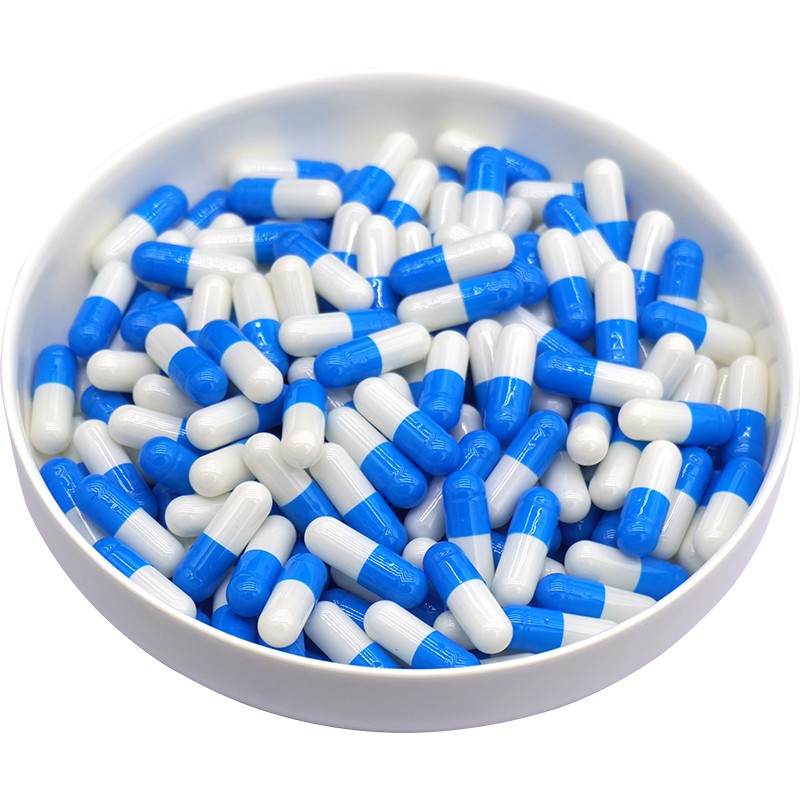Hard capsules are an oral dosage form used to deliver life-saving medicines, minerals, vitamins or other health ingredients via supplements. These convenient packages allow for reliable dosing, portability and a high level of consumer compliance. Alternatives include more cumbersome liquid, powder or paste formulations.
Specifically, hard capsules consist of two cylindrical shells - each closed at one end. The upper part is called the cap and the diameter is slightly larger than the lower part called the body. These two parts fit together perfectly to form a hermetically sealed unit. The hard capsules are produced before they are filled with the active ingredient. In a second step, the contract manufacturer or brand owner fills the empty gelatine capsule with the active ingredient or drug. As the world's population ages and we respond to COVID-19, health-conscious consumers need dosage forms that are easy to use, easy to swallow and easy to carry.
The main types of gelatine used in capsules are usually derived from bovine or porcine raw materials. Depending on the filler, formulation and target market segment, manufacturers have flexibility in the type of raw material, with some choosing a combination of pig and bovine. For example, bovine bone gelatine helps to increase the hardness of the capsule. On the other hand, the gelatine capsule option offers plasticity and transparency characteristics.

Hard capsules are produced on large machines consisting of polished stainless steel needles impregnated with a gelatine solution (gelatine, colouring agent, plasticiser). Inside the drying tunnel, the gelatine is dried in a gentle manner, with precisely controlled airflow, temperature and humidity. Under these conditions, the gel mass forms a thin film over the pins shaped like a cap. This half of the capsule is then peeled off the pin. The dry cap and body of the capsule are precisely cut and attached to the corresponding part of the hard capsule. The manufacturer can print on the capsule for consumer identification prior to shipping in empty cap packs.
Gelatine hard capsules are ideal for ingredients in powder or granular form. These ingredients can easily be packed into two-piece hard caps.
Under normal circumstances, standard gelatine hard capsules dissolve in the stomach within 20 to 30 minutes after swallowing. Depending on the application, different gelatine types or additional process steps can affect the dissolution process. Some gelatine types dissolve more quickly than others when exposed to acidic liquids and higher temperatures (gastric conditions). For other applications, such as painkillers, a shell with faster dissolution is required. For applications where the drug is targeted to the intestinal tract, a slower dissolving shell is required.
The main types of gelatine used in capsules are usually derived from bovine or porcine raw materials. Depending on the filler, formulation and target market segment, manufacturers have flexibility in the type of raw material, with some manufacturers opting for a combination of pig and bovine. For example, bovine bone gelatine helps to increase the hardness of the capsule. On the other hand, the pig option has plasticity and transparency characteristics.
Previous: What Size Capsule Do I Need?
Copyright © Shijiazhuang Huanyisheng Technology Co., Ltd. All Rights Reserved |Sitemap
